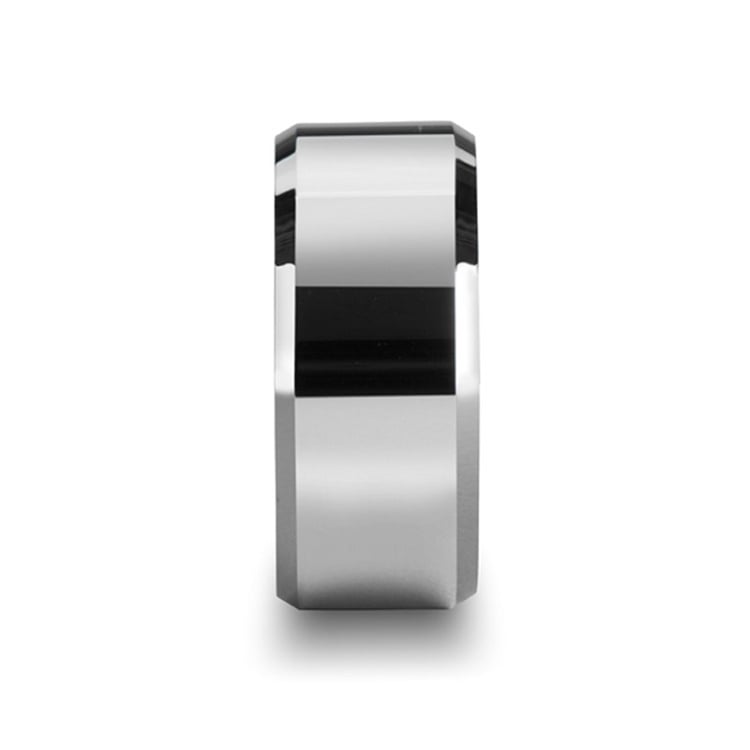Kids, Work and Wedding
페이지 정보
작성자 Maude 작성일 24-10-09 21:26 조회 5 댓글 0본문
 POLISHED TUNGSTEN RINGS Wedding bands carbide engraved custom made men women | tungsten rings
POLISHED TUNGSTEN RINGS Wedding bands carbide engraved custom made men women | tungsten ringsAbsolutely, here are some examples of how mixed metals can be incorporated into asymmetrical wedding band designs:
1. Offset Accent Strip: The band could feature a primary metal, like platinum, with an asymmetrical strip or inlay of yellow gold running along one side of the band. The gold accent doesn't have to be centered, but rather positioned off-center for a more unique look.
2. Graduated Fade: Starting with one metal, like rose gold, on one side of the band, the tone could gradually fade or transition into a contrasting metal like white gold on the other side. This creates an asymmetric gradient effect.
3. Scattered Mosaic: Instead of a solid band, the mixed metals could be arranged in an abstract, mosaic-like pattern with random placements of yellow gold, white gold, and rose gold across the band's surface.
4. Clustered Accents: Rather than evenly dispersed, the mixed metal accents could be clustered together on one side or section of the band, leaving the rest of the band in a single tone.
5. Offset Halo: Imagine a white gold band with a delicate halo of yellow gold prongs or bezel settings asymmetrically wrapped around one side or section.
6. Tiered Layers: The band could feature stacked, offset layers of different metals - for example, a rose gold base with a white gold top layer that only covers a portion of the band.
These asymmetrical mixed metal designs allow couples to create truly one-of-a-kind wedding bands that deviate from traditional symmetry. The key is balancing the contrasting metals in a visually striking yet cohesive way.
- 이전글 Get Essentially the most Out of High Stakes Casino and Fb
- 다음글 Five Predictions on Find Top-rated Certified Daycares In Your Area in 2024
댓글목록 0
등록된 댓글이 없습니다.